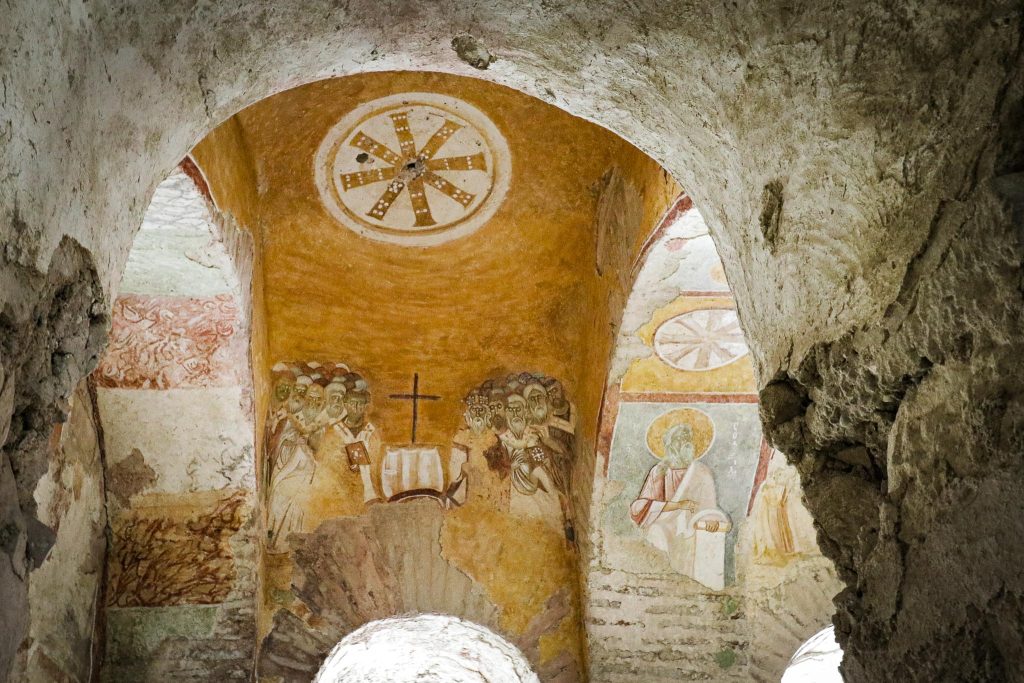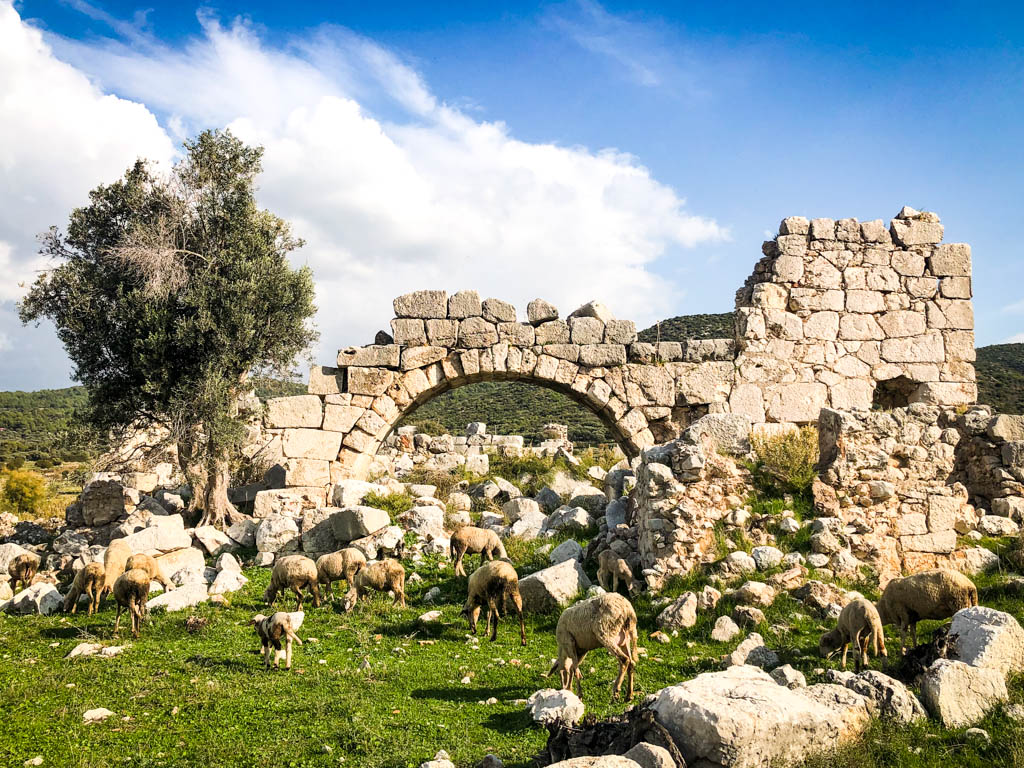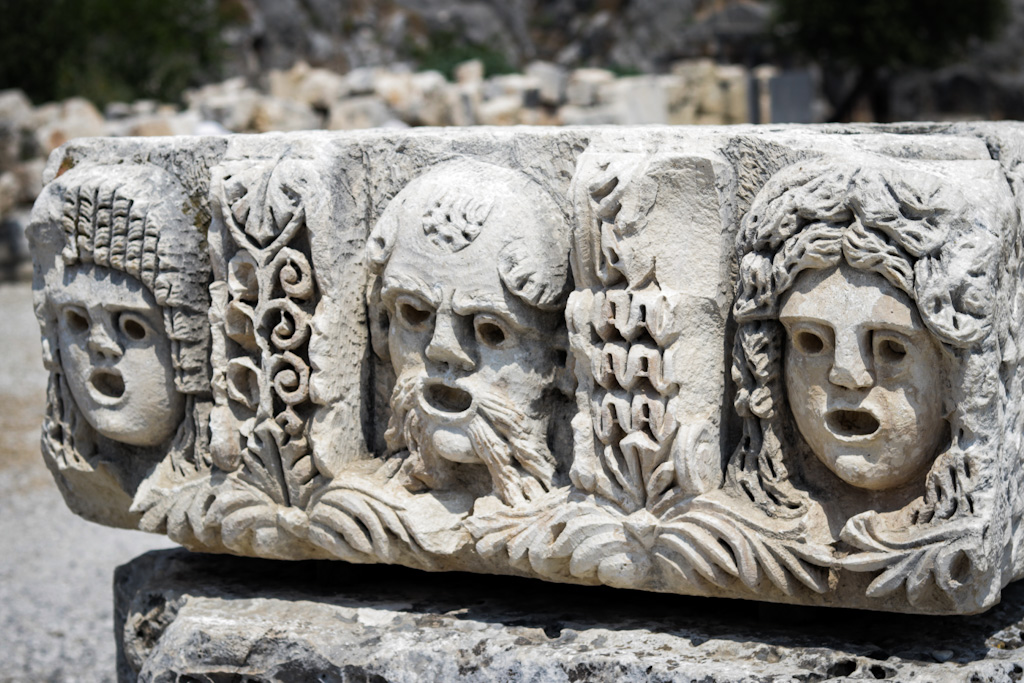Christmas is observed all over the world. Whether you hold to the Christian tradition of celebrating Jesus’ birth or view it as a more secular holiday about family and giving, one common figure for all is jolly and generous Santa Claus. Also known as Father Christmas, Saint Nick, or here in Turkey, Baba Noel, this magical, red-suited present-giver does not actually come from the North Pole. Incredibly enough, Saint Nicholas was a real man who was born, ministered, and died right here in Antalya, Turkey.
How did this 3rd century bishop become one of the world’s most known saints? Stories tell us that Saint Nicholas had a profound love for the Lord and expressed his gratitude for all that God had given him by taking care of the sick and needy. He had a special concern for children and was deeply burdened by the poverty in his congregation. To prevent families from selling kids into slavery he secretly left gold on the doorsteps of the poorest families. Thus, the legend of this benevolent giver began and was a perfect addition to the celebration of the birth of Jesus, the One who gave it all.
If you are interested in knowing more about the real man Saint Nicholas, you don’t want to miss a visit to the following sites:
Ancient Patara
Saint Nicholas was born in Patara, a very well-restored and much acclaimed historic site about 225 kilometers west of the Antalya city center. This sprawling ancient seaside city is a lovely place to spend a day. Walk around and imagine what life must have looked like when young Saint Nicholas graced its streets. And then head down to the soft, sandy beach and wonder if little boy Saint Nick ever frolicked in the waves and built castles in the sand. Or, were the sea turtles around when Saint Nicholas was young? Instead of reindeer, perhaps the turtles were his playmates.
Ancient Myra
Saint Nicholas spent most of his adult years serving as bishop in the ancient city of Myra, which is east of Patara in Demre and around 140 kilometers west of the Antalya city center. This is where the stories that made him famous took place. Ancient Myra is a smaller historic site. The cliff-side tombs are a site to behold and the multitude of Lycian artwork features faces that will make you smile and wonder if Saint Nick found humor in their contorted expressions. This stop won’t take you more than an hour or two and will leave time to visit the final and most informative destination:
Saint Nicholas Church

The biggest enthusiasts won’t want to miss this historical site and museum. This 11th century cathedral is in the process of restoration and features breath-taking mosaics, stonework, and tile floors, as well as plentiful signs with facts and dates. Also found inside is the actual burial coffin that held Saint Nicholas’ body until it was stolen toward the end of the 11th century.




